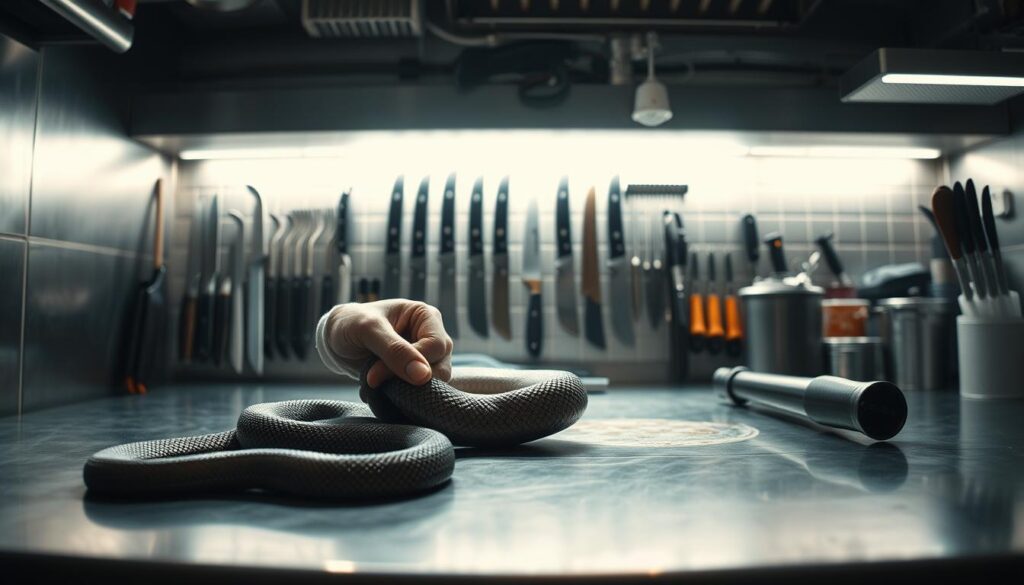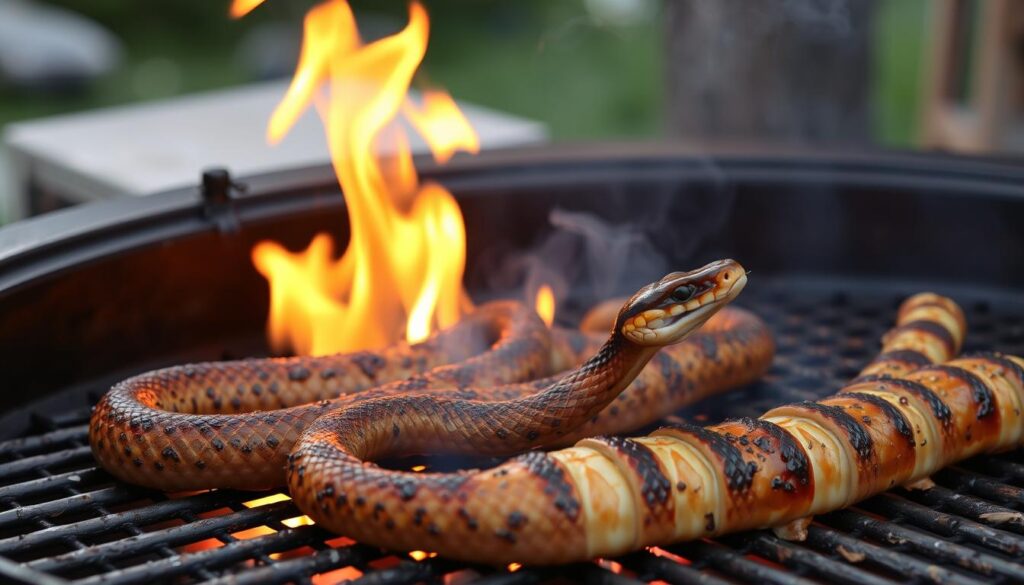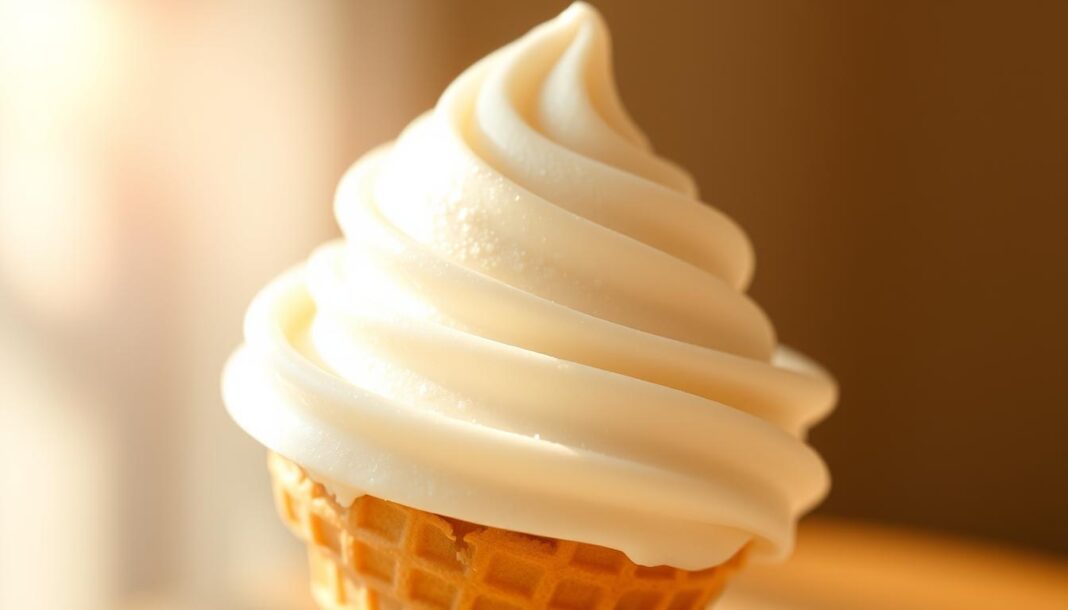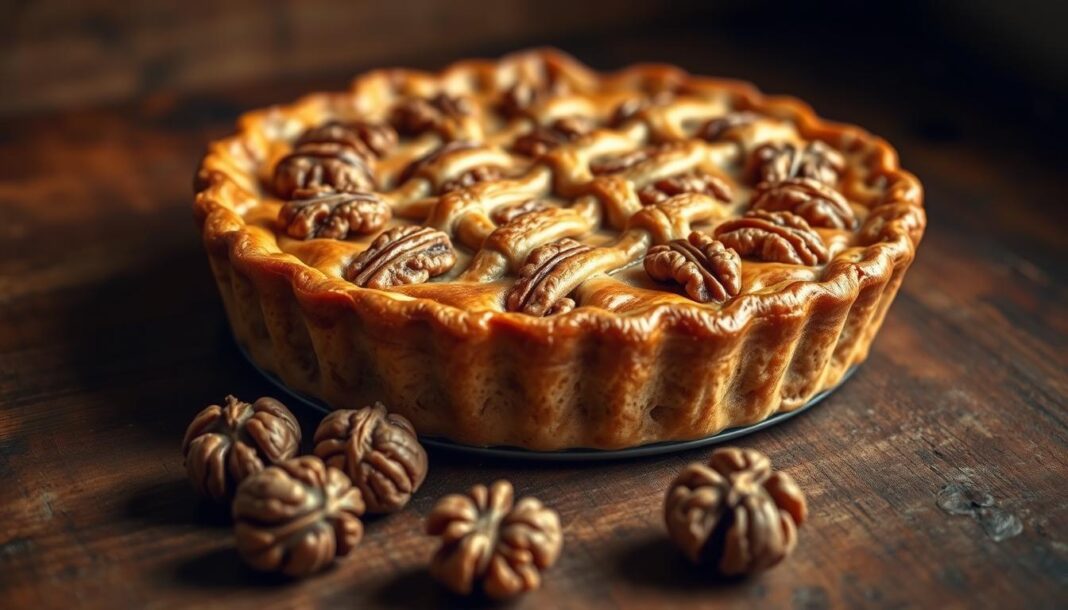For many cultures around the world, consuming snake meat is a practice steeped in tradition and history. As food enthusiasts, we are drawn to the unique culinary experiences that this unconventional protein offers. Not only does it provide a distinctive flavor profile, but it is also rich in nutrients.
As we explore the world of snakes as a food source, it’s essential to address the critical aspect of safety. Handling and preparing snake meat requires careful attention to avoid potential health risks. In this article, we will guide you through the process of selecting, cleaning, and cooking meat from various edible snake species found in the United States.
Key Takeaways
- Understanding the cultural significance and history of consuming snake meat.
- Learning about the nutritional benefits and unique flavor profiles of snake meat.
- Essential safety precautions for handling and preparing snake meat.
- Exploring various edible snake species and their culinary uses.
- Mastering the techniques for cooking snake meat to achieve the best flavor results.
Understanding Snake Meat as a Culinary Option
For adventurous food enthusiasts, snake meat presents an intriguing culinary experience, rich in history and nutritional value. As we delve into the world of exotic meats, it’s essential to understand the various aspects that make snake meat a unique culinary option.
Types of Edible Snakes in the United States
The United States is home to several edible snake species. Rattlesnakes are among the most commonly consumed and are renowned for their distinctive nutty flavor profile. The Black Rat Snake, non-venomous and found throughout the eastern and midwestern states, offers a lean meat option described as having a subtle, delicate taste. Other species like the Water Snake are also considered edible, providing a variety of options for those interested in trying snake meat.

Nutritional Profile of Snake Meat
Snake meat is exceptionally high in protein and very low in fat, making it a nutritionally dense food option. It compares favorably to other lean meats, offering a healthy alternative for those looking to diversify their protein intake. Proper preparation techniques, including hydration with water during cooking, are crucial to prevent the meat from becoming too dry and tough.
Cultural and Historical Context of Eating Snake
Throughout history, snake consumption has been practiced across various cultures. In some Asian countries, it’s considered a delicacy, while in rural American communities, it became a way to utilize available resources. The cultural significance of eating snake varies widely – in some traditions, it’s associated with medicinal properties. For those interested in exploring this culinary tradition further, resources like cooking guides can provide valuable insights into preparing snake meat.
Safety Considerations When Handling and Preparing Snake Meat
To enjoy snake meat safely, it’s crucial to follow proper handling and preparation guidelines. Handling and preparing snake meat involves several safety considerations to prevent potential health risks.
Proper Handling of Venomous vs. Non-Venomous Snakes
When dealing with venomous snakes, it’s critical to exercise extreme caution. Even after being killed, venomous snakes can still inject venom, making it essential to remove the head from a safe distance using tools like an ax, shovel, or machete. Non-venomous snakes are relatively safer to handle, but hygiene remains a top priority as all snakes can potentially carry salmonella.

Avoiding Salmonella and Other Contamination Risks
Snakes often carry salmonella and other bacteria, which can contaminate preparation surfaces. To mitigate this risk, we recommend wearing disposable gloves while cleaning the snake and washing knives, cutting boards, and countertops with hot, soapy water. Ensuring that all equipment is thoroughly cleaned is crucial for preventing cross-contamination.
Safe Storage and Shelf Life of Snake Meat
Snake meat has a short shelf life, even when refrigerated. To maintain its safety and quality, it’s advisable to store it at temperatures below 40°F and consume it within 1-2 days, or freeze it immediately for longer storage. Vacuum sealing is an effective method for preserving meat in the freezer, helping to prevent freezer burn over time. Always ensure that snake meat reaches an internal temperature of at least 160°F during cooking to eliminate potential pathogens.
By following these safety guidelines, we can enjoy snake meat while minimizing health risks, ensuring a safe and enjoyable dining experience from start to end.
How to Prepare Grilled Snake Meat

Preparing grilled snake meat requires attention to detail and a few simple steps to achieve a delicious and safe dining experience. The first step in preparing grilled snake meat is proper cleaning. We recommend removing the head, skinning the snake completely, removing all entrails, and thoroughly rinsing with clean water.
For the best grilled snake meat, we suggest using a low and slow cooking method at around 225°F. This helps prevent the naturally lean meat from drying out during the cooking process. One effective technique is rolling the snake in concentric circles and securing with a wooden skewer, starting from the tail end and finishing with the head end on the outside.
Applying a flavorful BBQ rub to all surfaces of the snake meat enhances the flavor profile and creates a delicious crust when grilled over indirect heat for several hours. For enhanced smoky flavor, we recommend using wood chips like hickory or mesquite and maintaining the temperature carefully throughout the cooking time.
Brushing the snake with BBQ sauce at regular intervals (approximately every 15 minutes) during the last hour of cooking adds layers of flavor and helps keep the meat moist on the grill. An alternative preparation method involves cutting the snake into manageable pieces and pan-frying them in hot oil after dredging in a seasoned cornmeal mixture for a crispy exterior.
When pan-frying snake pieces, it’s crucial to heat the oil properly in the pan and cook just until golden to avoid overcooking the delicate meat. The total cooking time for grilled snake typically ranges from 2-4 hours depending on size, with the goal being an internal temperature of 160°F to ensure both safety and optimal texture.
After cooking, allow the grilled snake meat to rest for a few minutes before cutting into serving-sized pieces. This helps retain juices and improves the eating experience. The most substantial portion of meat on a snake is found along either side of the spine, with additional meat around the rib bones that can be enjoyed by scraping with your teeth.
For serving, we recommend cutting the grilled snake into 4-5 inch pieces or presenting it whole on a platter, allowing diners to pick the meat from the bones as they would with other grilled meats.


